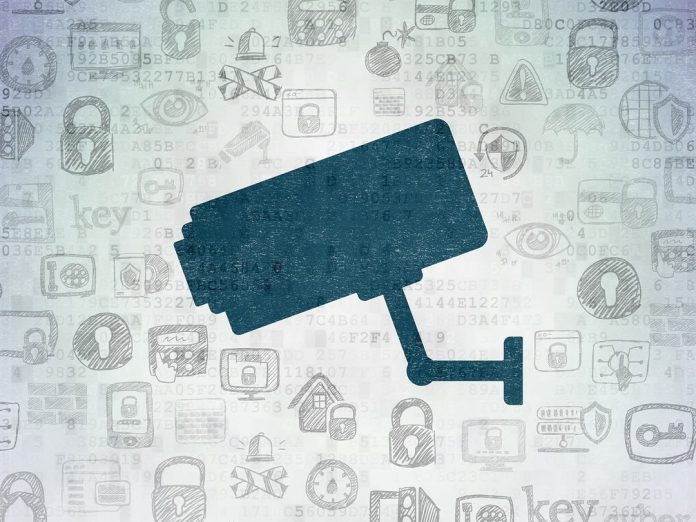What does CCTV stand for? CCTV is the acronym of closed-circuit television and refers to the closed nature of analogue video surveillance solutions that are only accessible on cabled monitors via analogue VCRs, multiplexers, switchers and controllers, rather than being widely transmitted using radio frequencies, as consumer television signals can be.
Although analogue CCTV is no longer dominant in the video surveillance space, digital analogue systems continue to be sold in large numbers and are valued for their simplicity, low cost, good low light performance and almost complete lack of latency, a characteristic the processing engines of modern digital IP cameras still struggle to replicate.
While most CCTV solutions are now IP-based, they remain ‘closed circuit’ in design, being connected to DVRs or NVRs with limited workstation and smart device access, or to restricted subnets governed by powerful servers supporting video surveillance systems capable of handling hundreds of video inputs.
Small businesses may deploy DVR or NVR-based video surveillance systems up to 256 inputs, larger server-based solutions will carry video signals from cameras to remote cabinets via Cat-6 cables, and will often deploy fibre LANs to transmit aggregated video signals from remote nodes to central locations for viewing on video walls and long term storage in storage servers.
While public surveillance systems can be large, by far the largest CCTV systems are transport infrastructure systems. A single large bridge or road tunnel may be monitored by 300-400 CCTV cables, signals from which are ported to remote fibre nodes for transmission to a central control room for recording, monitoring and management of incident response.
Public transport systems are also vast and complex. A large metropolitan CCTV network might have more than 10,000 CCTV cameras across hundreds of stations and hundreds of trains being monitored for safety and security in huge control rooms by large teams of security operators supported by security and police officers in the field.
The largest integrated CCTV systems may incorporate hundreds of thousands of cameras, making them challenging to monitor. As a result, video content analysis is increasingly used to detect events like line crossing, excessive speed, vehicles going the wrong way, over height vehicles, pedestrians or cyclists on motorways, and other events that might disrupt vital transport links.
A key new development in CCTV technology is the cloud-based video surveillance solution, which was initially limited to a couple of inputs, but can now handle thousands of cameras across multiple sites.
What does CCTV stand for?
What does CCTV stand for today? Cloud-based CCTV systems, like the latest integrated IP CCTV systems, might have a large geographical footprint, but they remain closed systems.
Modern CCTV systems are governed by strict privacy protocols and only accessible to a small number of authorised operators, supervisors, law enforcement officers and security managers whose actions are logged by the system in real time.
The key elements of any IP CCTV solution are its cameras and lenses, the quality of the network on which the system is built, the capability of servers supporting the system, and the quality, functionality and support of its management software.
All other things being equal, SEN tests have shown lenses can be a vital element of CCTV camera quality. It’s worth bearing in mind that many modern integrated CCTV cameras incorporate plastic lenses of low quality that introduce excessive distortion, chromatic aberrations and ghosting, as well as impacting negatively on colour rendition.
Compression is another key consideration. H.265 takes up less bandwidth than H.264 but when poorly expressed can cost detail and may introduce latency. The best way to assess performance is to undertake testing. If you can’t do so, favour larger sensors, mid focal lengths, IP66 and IK10 ratings, and long warranty periods supported by local suppliers.
Read more about CCTV cameras here and check out the latest CCTV solutions at SecTech Roadshow this May!








